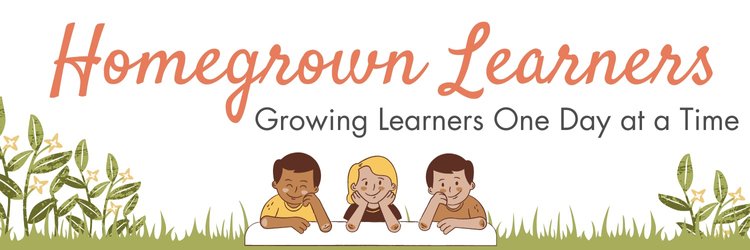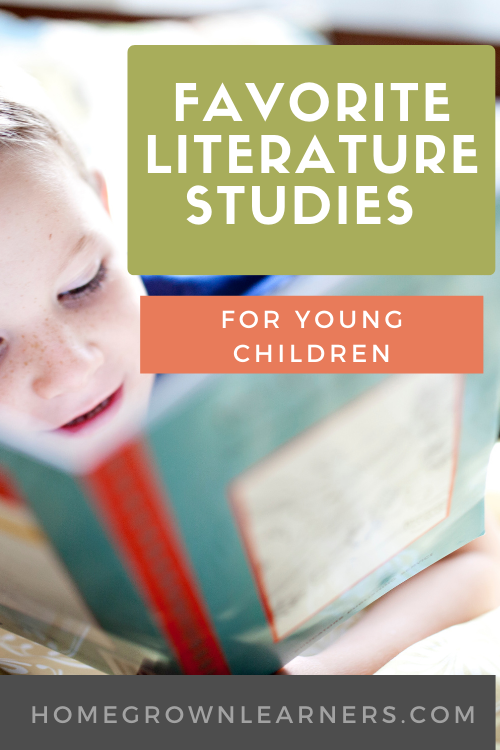This year I am continuing to apply 5 guiding principles to my reading life.
In February those guiding principles served me quite well. It was personally a hard month, and those guiding principles helped me make reading choices, and because of those choices I feel as if I was led to just the right books.
While I read less than usual, I gained MORE from the books I did read.
As I’ve had to do with many other things, I’ve tuned out what the world is saying and focused on what I know to be true - receiving book recommendations from trusted friends and going back on lists of books I’ve always wanted to read. (After all, the goal of my reading life is to focus on what is true, beautiful, and GOOD.)
A Favorite Reading Resource
One resource I’ve loved is Scribd.
For $9.99 each month I have a wonderful selection of audio and digital books. Audiobooks have been my constant companions the past year, and eBooks have been a way for me to keep reading in bed at night and not disturb my husband!
We use Scribd on multiple devices, so my husband is taking advantage of the membership as well!
February 2021 Books
There are only two books this month that I would say were not for me: Lady in Waiting and Keeper of Lost Things.
While Lady in Waiting was a bit intriguing because it gave me more information about the British royal family, (I loved The Crown and have been interested in royal history) I didn’t think the book was very well-written and the waste and playboy lifestyle of the aristocracy in the book truly bothered me.
Keeper of Lost Things had a lot of cursing (in the same sentence as taking the Lord’s name in vain) and it automatically turned me off. There were parts of the story that made me chuckle and that were also quite clever, but I can’t recommend the book to anyone in good conscience.
Here are my three favorites of the month:
A Circle of Quiet
Madeleine L’Engle’s memoir was a balm for my soul. I listened to the audio on Scribd and found it so relaxing!
I would recommend this book, especially for homeschooling mothers, because L’Engle has a lot of wisdom about educating children - as well as general life wisdom, too. I’m looking forward to listening to the other books in the Crosswick Journals.
Beyond the Bright Sea
In my efforts to read more middle grades, I’m so glad I’ve found Lauren Wolk. Beyond the Bright Sea is historical fiction about an actual island off the coast of Massachusetts that housed lepers in the early 1920s. Next I would like to read Wolf Hollow, which is already on my nightstand!
The Splendid and the Vile
This book was my slow and steady read throughout the entire month of February. It was packed full of interesting details - both about Churchill and his PIVOTAL role during WWII and other interesting (but obscure) details about the cast of characters surrounding the Prime Minister. I look forward to reading more by Erik Larson.
Beyond the Bright SeaThe Coincidence of Coconut CakeA Circle of QuietSuffer Strong: How to Survive Anything by Redefining EverythingLady in Waiting: My Extraordinary Life in the Shadow of the CrownThe Splendid and the Vile: A Saga of Churchill, Family, and Defiance During the BlitzThe Girls with No Names: A NovelThe Keeper of Lost Things: A Novel
To see more detailed reviews of the books, please visit my Instagram book account.
I love to share all things bookish there - and following the #bookstagram hashtag and some of my favorite accounts brings me so many great recommendations.


























![Cricket in Times Square (08) by Selden, George [Paperback (2008)]](https://m.media-amazon.com/images/I/31HfUtdD+CL._SL500_.jpg)


